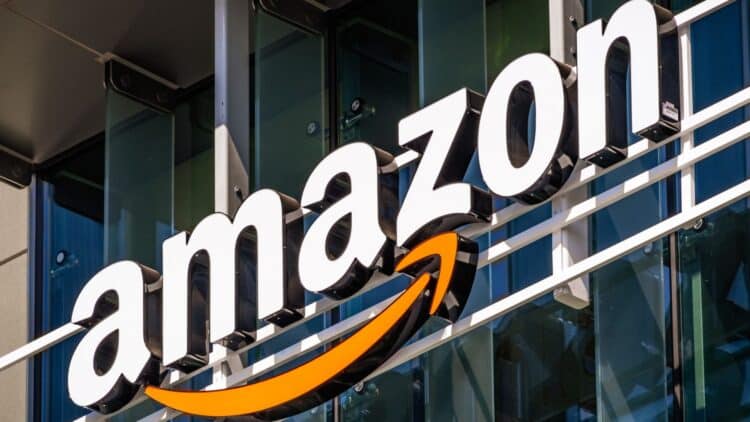If having a doctor’s appointment is stressful enough, then there’s an extra task to do: going to the pharmacy to pick up your prescription. This mandatory stop is an errand that few people feel like doing, especially if they are tired or even worse, sick.
The lines, the wait, and the need to detour from your way home are a constant source of frustration. Not to mention the frequent shortages of medications and antibiotics at pharmacies. What you thought would be a quick stop at your neighborhood pharmacy ends up being an odyssey searching the county for a pharmacy that has the exact medication you need. But imagine finishing your doctor’s appointment and heading straight to a high-tech machine, right in the waiting room. You won’t need to leave the clinic to get your medication.
This is Amazon’s new prototype, which is making this fantasy a tangible reality. These are Amazon Pharmacy kiosks. This system promises to eliminate the extra trip, allowing patients to pick up their medications in just minutes after finishing their doctor’s appointment. This type of kiosk will initially be seen at One Medical offices in the Los Angeles, California, area, starting in December 2025.
How do Amazon Pharmacy Kiosks work?
Before you start imagining that this is a vending machine where you can choose what type of Tylenol you want to take as if it were a soda machine, let us clear that idea from your mind. Instead, it is a robust and extremely secure structure. Each kiosk will weigh around 1,700 pounds and will be anchored to the ground. It will be as secure as a bank ATM. Needless to say, this kiosk is equipped with multiple cameras and vibration sensors to ensure the integrity and safety of the medications.
These kiosks will appear at One Medical, the primary care chain owned by Amazon. Once a doctor from this primary care chain prescribes a treatment, the prescription will be automatically sent to Amazon Pharmacy. The patient will open their Amazon app on their smartphone and will be able to choose the option to pick up at the kiosk on site. The most transparent part is the payment: you can see the exact cost, insurance copay, or any applicable discounts before finalizing the purchase.
Once processed, the app generates a unique QR code. The patient will use this code at the machine, which will dispense the labeled medication, ready in a few minutes. But don’t worry: Amazon has incorporated a mandatory human supervision system to comply with pharmaceutical regulations. Although you won’t see it, a pharmacist will be reviewing the order remotely, watching the kiosk’s internal cameras. If the patient has questions about the dosage or possible side effects, they can make a video call from the kiosk and speak directly with the pharmacist supervising the prescription (and thank goodness, because trying to have a conversation with Alexa would be frustrating, to say the least!).
The Logic Behind Logistics
Amazon’s main argument for creating this type of sale is based on public health. Apparently, almost one-third of prescriptions written in the United States are never filled. The extra trip to the pharmacy is one of the main critical barriers for patients starting medical treatment. With the existence of kiosks inside the primary care clinic, followed by their mental and physical burden to access medications.
These Amazon pharmacy kiosks have a smart and highly curated inventory. They are loaded with a selection of highly strategic medications, which are chosen based on historical prescription data at this specific practice. The selection of medications focuses on frequently used and fast-acting treatments, such as antibiotics for acute infections, inhalers, and common blood pressure treatments. The machine does not dispense controlled substances, such as opioids, and medications that require refrigeration, such as some vaccines or insulin.

